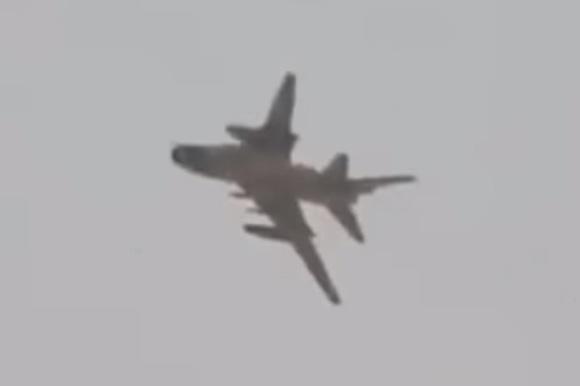The rules of engagement have changed in Syria. The conflict has now evolved and the West is reluctant to communicate the real situation to public opinion. Western intelligence services have never had real knowledge of the number of anti-aircraft missiles in the hands of rebels and terrorist organizations in Syria. In fact, the Syrian context has already evolved.
The era of MANPADS has begun in Syria. The last aircraft shot down, the fifth in 31 days, a few hours ago. A Syrian fighter was hit by a surface-to-air missile near Khalkhala airport, northeast of the city of Sweida in southern Syria. The missile was allegedly launched by Islamic State militants who claimed responsibility for the shooting. The pilot should have been saved and recovered by the loyalist forces.
Previously it was thought of a Russian aircraft, but the Kremlin a few minutes ago confirmed that all the planes deployed in Syria did not carry out any flight operations in that area today.
We are five aircraft shot down in just over a month. The first aircraft shot down on 12 March when a Syrian Air Force MIG-21 was hit near the village of Kafr Nabudah, in the Hama area. The rebels of the Jaysh al-Nasr group who allegedly used two shoulder-mounted short-range missiles claimed responsibility for the killing.
The second aircraft shot down on April 5, when a Sukhoi-22 of the Syrian air force was hit near Aleppo by a single missile launched by the al-Nusra group.
A Sukhoi-22 of Syrian air forces took off from al-Dumayr airport, the 11 April was shot down in the suburbs of Damascus. It is confirmed that the Islamic State has used a missile arrow-2. Despite the modest system performance, such as poor maneuverability and accuracy, the missile hit the target.
A few days ago a Mi-28N attack helicopter crashed over Homs. Moscow does not disclose any details, but the perplexities remain. Four confirmed killing and one suspected. The rules of engagement have changed in Syria.
History teaches that the technological and numerical gap, although it may be unbridgeable between the parties, does not always sanction the victory of the strongest team. Indeed, the awareness of being “stronger”, at times, prevents us from hypothesizing effective counter-offensives or defenses against possible sorties, elaborated in a totally unexpected but equally lethal way.












